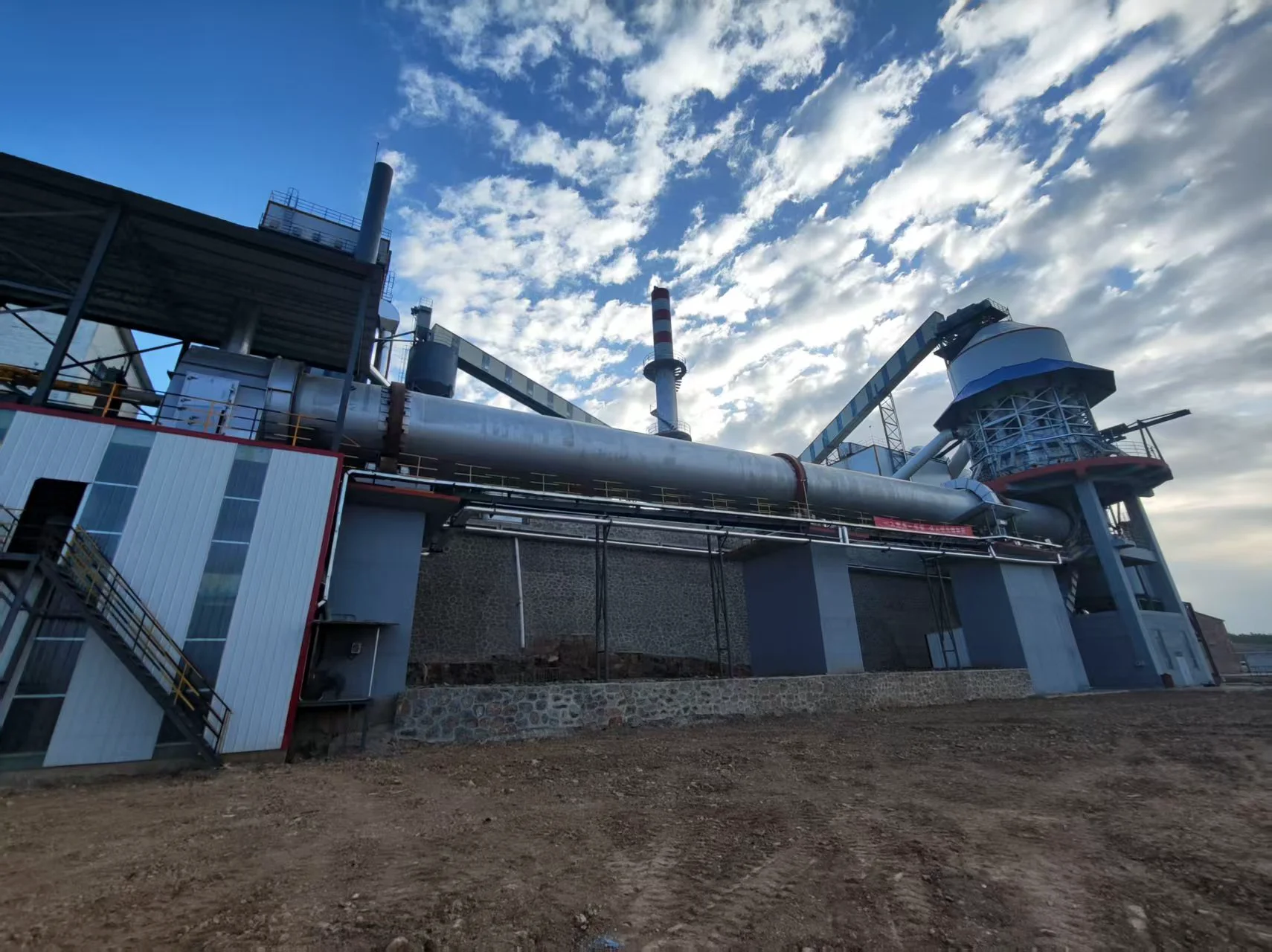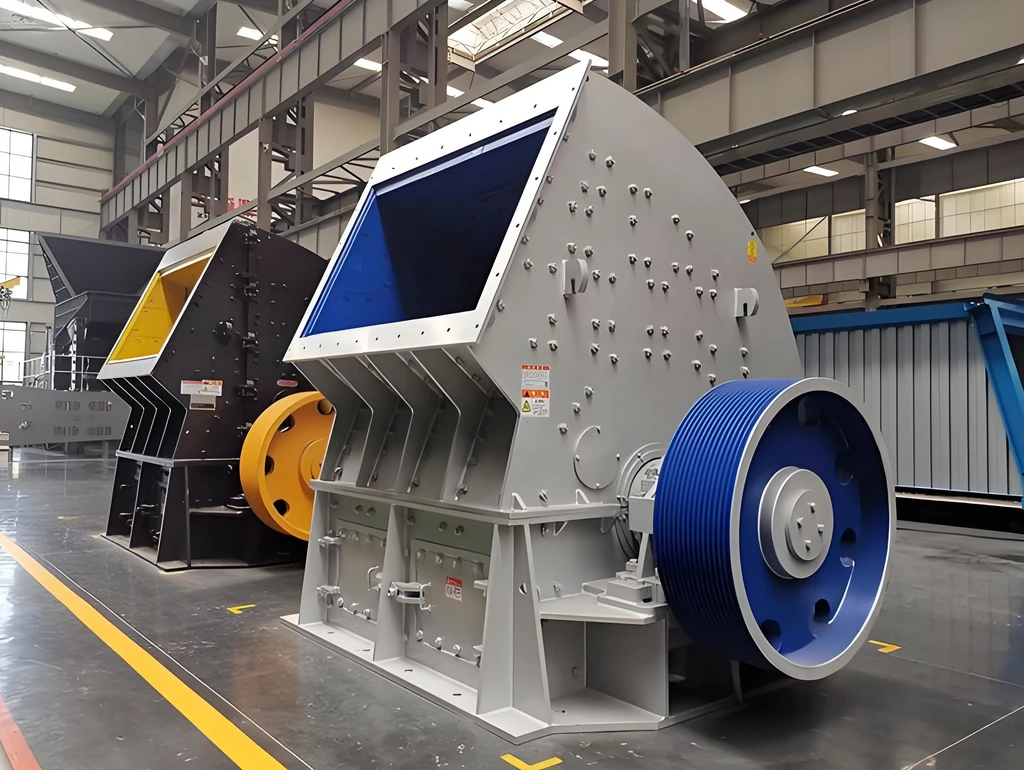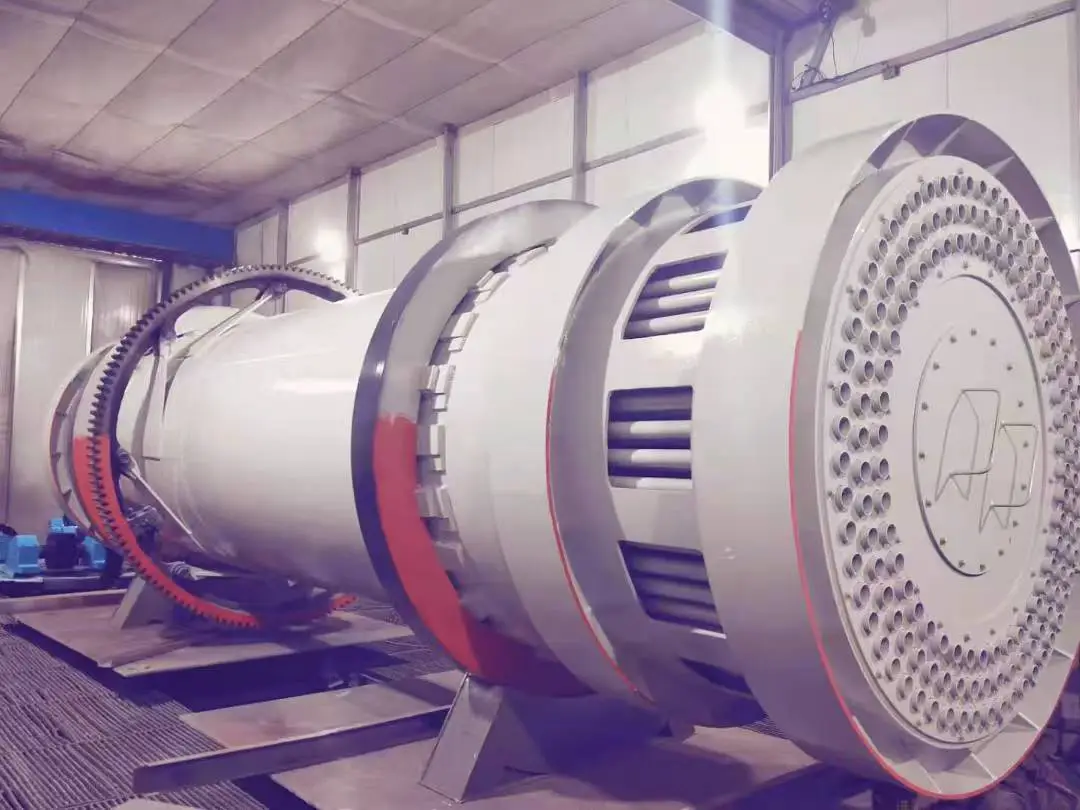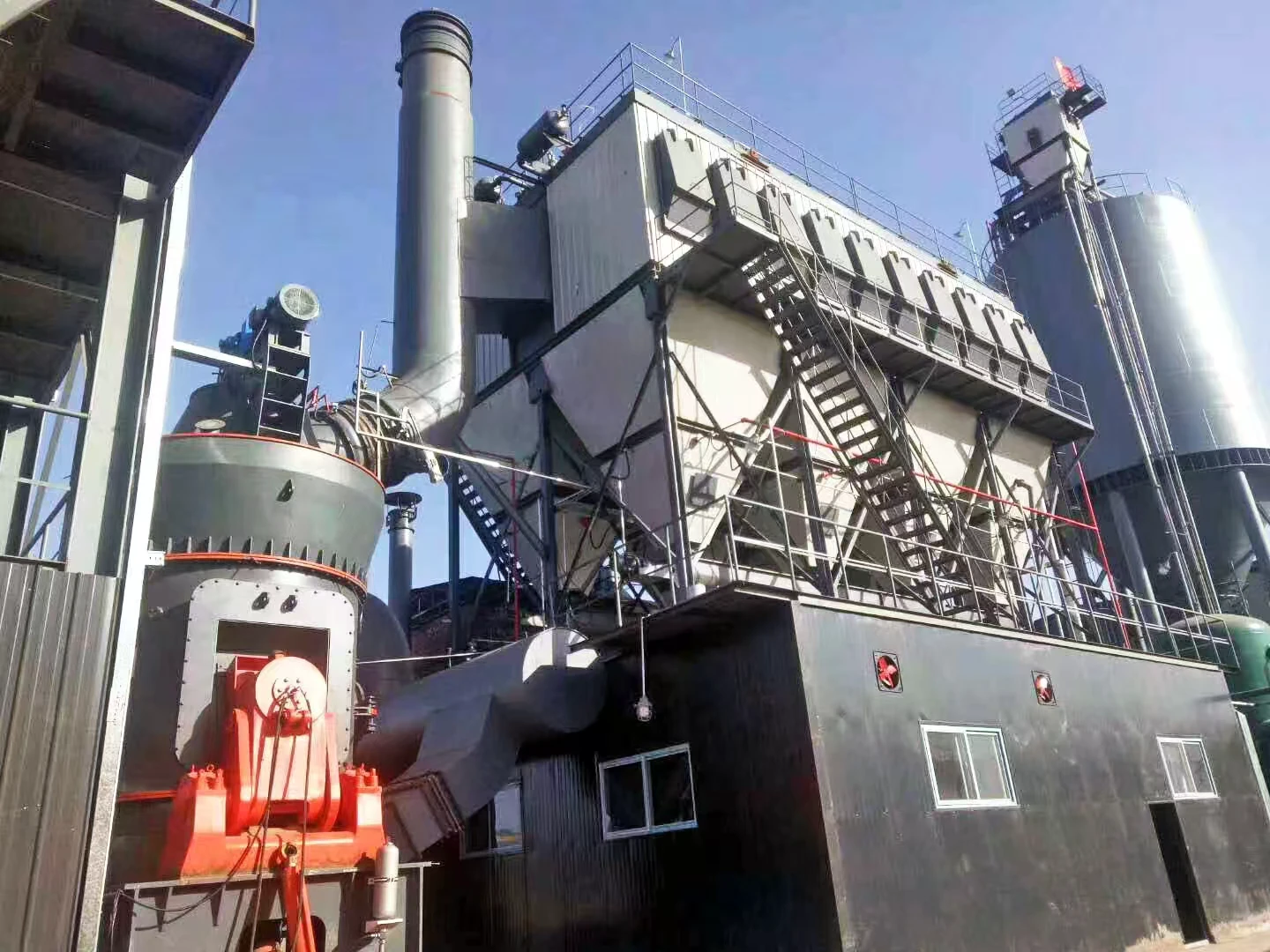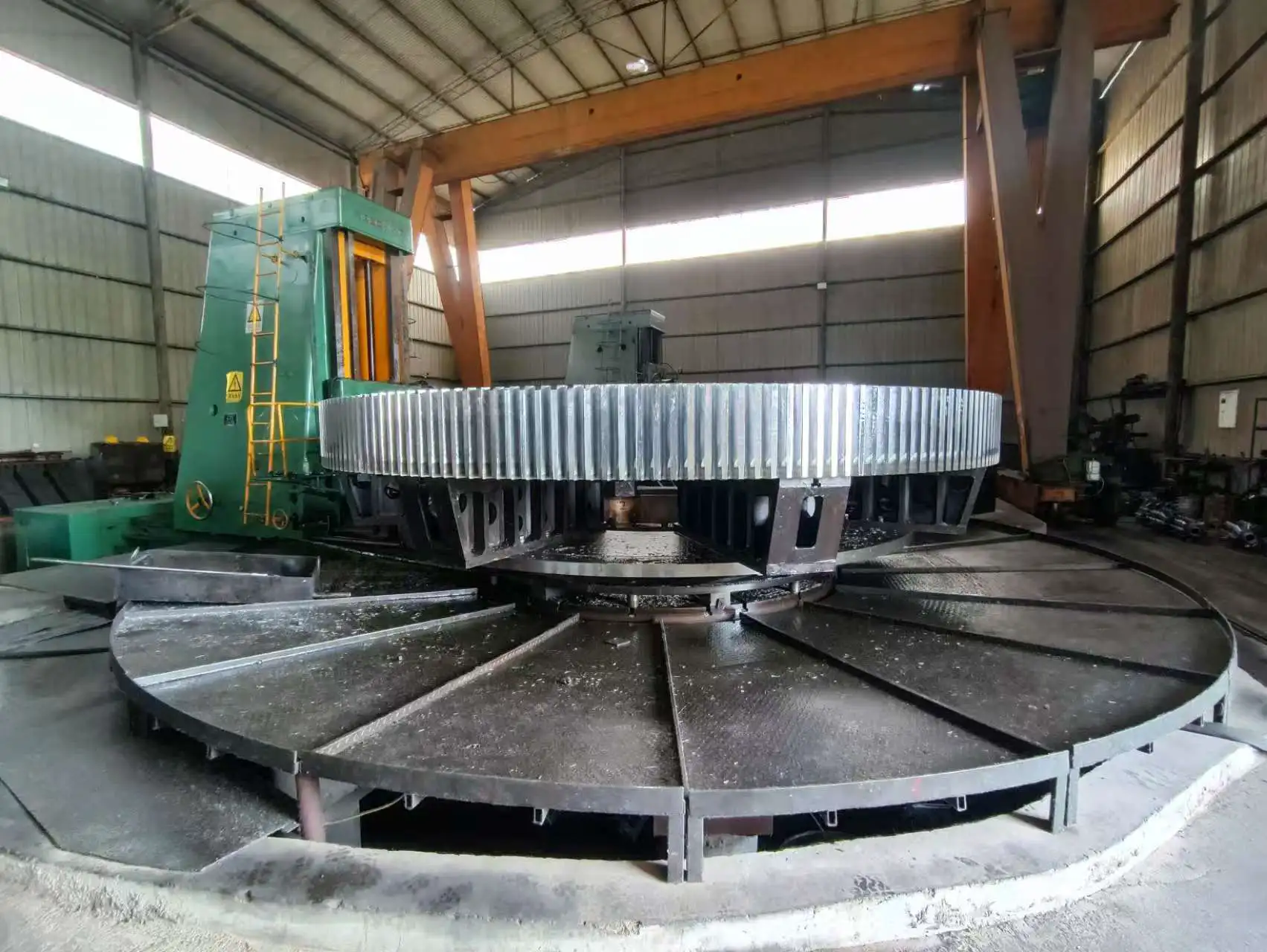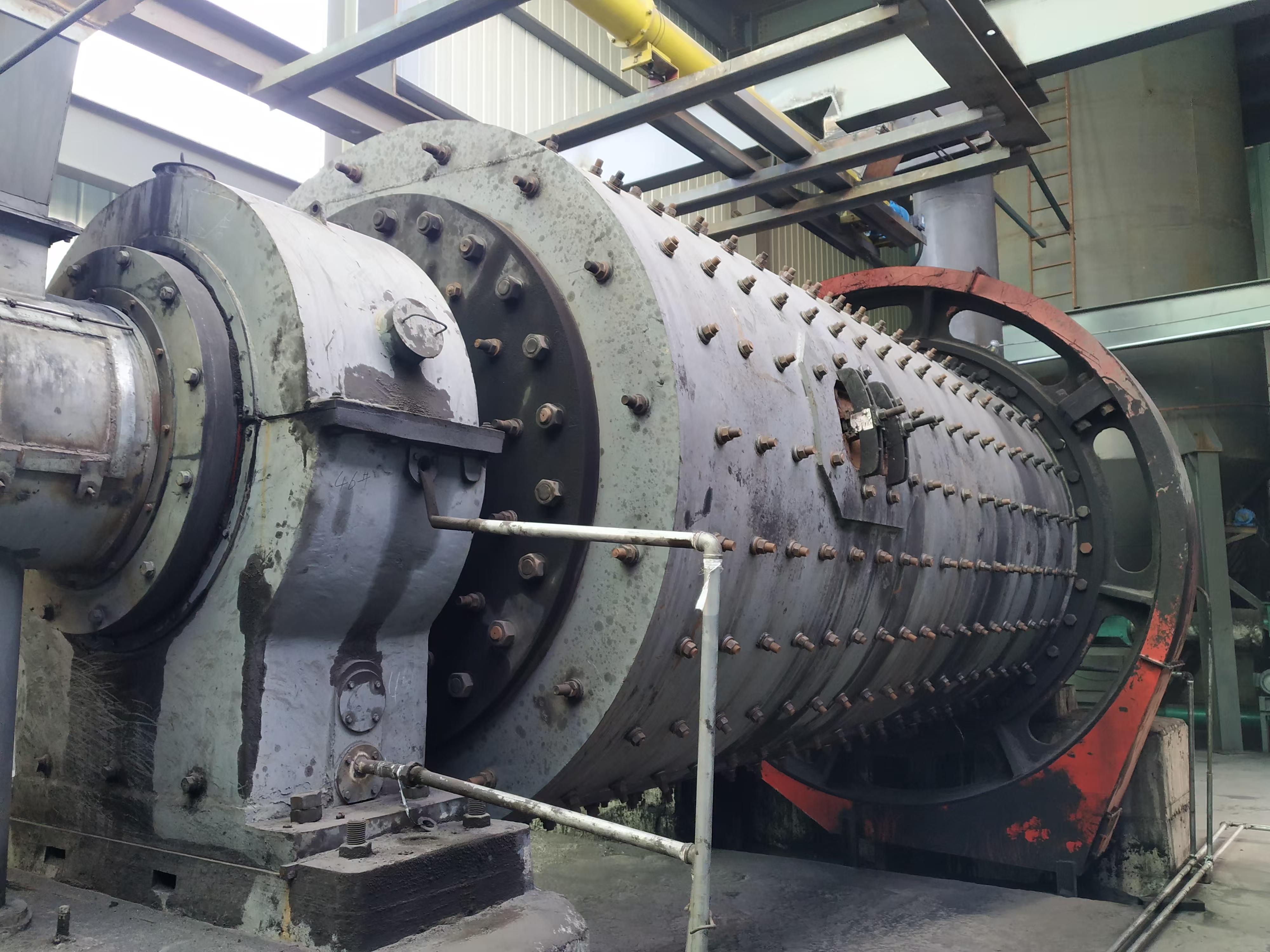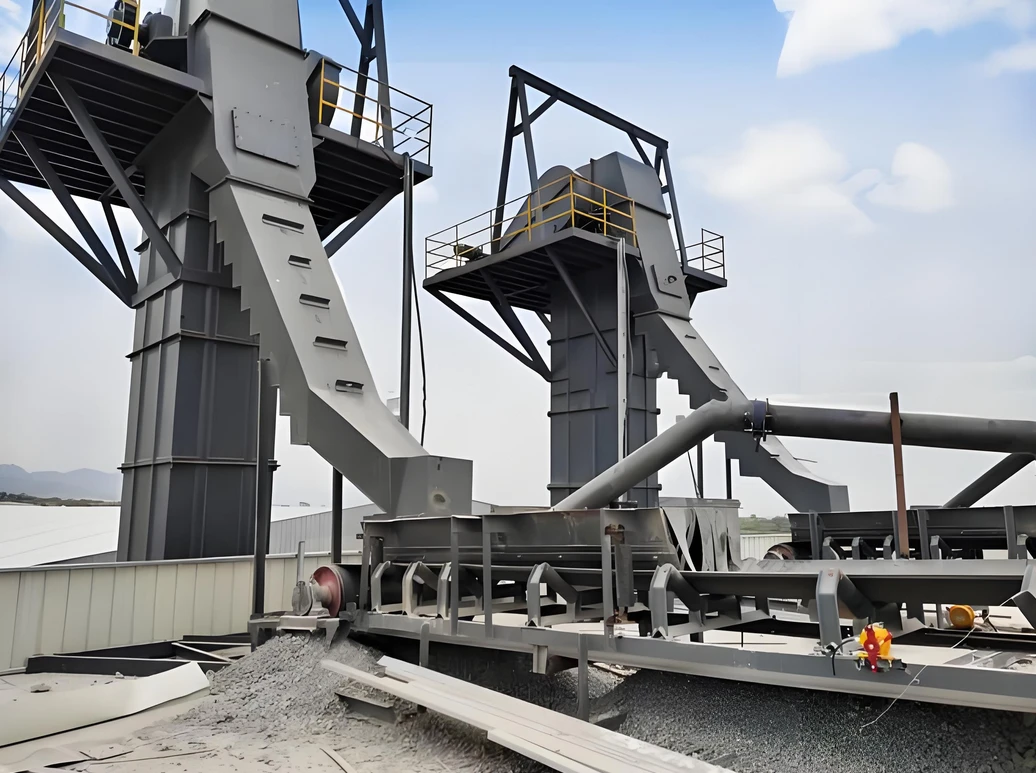Introduction to large gears:
The large gear has a larger diameter. When it cooperates with the small gear, it can reduce the speed of the driven shaft, realize speed reduction transmission, and meet the speed requirements of different equipment. Large gears can increase the output torque and are suitable for occasions that require larger torque, such as heavy machinery and engineering equipment. The large contact area of large gears can better disperse the load, reduce local stress, and extend the life of the gear. The high moment of inertia of large gears helps stabilize the transmission system, reduce vibration and impact, and improve transmission accuracy. Large gears are usually made of high-strength materials, can withstand large loads and long-term operation, and reduce maintenance requirements. The large contact area and lower speed of large gears help reduce transmission noise and improve the comfort of the working environment. Large gears are widely used in mining, metallurgy, cement, electricity and other industries, and are key components of heavy machinery and large equipment.
Large gear material:
Common materials are ZG20, ZG35, and ZG45. At present, large gears of mining equipment mostly use ZG45 medium carbon steel to meet production needs. Medium carbon steel (ZG45): balanced strength and toughness, low cost, suitable for gears with medium loads and speeds; alloy steel gears include 20Cr (carburizing steel), 40Cr, 42CrMo (quenched and tempered steel), and 18CrNiMo (high-strength carburizing steel). By adding elements such as Cr, Ni, and Mo, the strength, toughness, and wear resistance are significantly improved. Carburizing alloy steel (such as 20Cr): high surface hardness (HRC 58-62), good core toughness, suitable for heavy loads and impact loads. Quenched and tempered alloy steel (such as 40Cr): excellent comprehensive performance, suitable for high-speed and high-precision gears. Applicable scenarios: heavy machinery, mining equipment, wind power gearboxes, and automobile gearboxes.
Production process of large gears:
Mechanical properties of large gears Tensile strength: (≥600 MPa for heavy-loaded gears). Hardness: Surface hardness (HRC 55-62) and core toughness need to be balanced. Fatigue limit: Ensure crack resistance under long-term alternating loads. Wear resistance: Improve tooth surface hardness through carburizing, nitriding or surface quenching. High-precision gears need to be ground to a surface roughness of ≤Ra 0.8μm.
Heat treatment process:
1. Carburizing and quenching:
Used for low-carbon steel/alloy steel (such as 20Cr), surface hardness HRC 58-62, and the core remains tough.
2. Quenching and tempering:
Medium carbon steel (such as 40Cr) quenching + high temperature tempering to improve overall strength (tensile strength ≥800 MPa).
3. Surface quenching:
High-frequency/flame quenching, suitable for locally hardened medium carbon steel gears.
4. Nitriding:
Low temperature treatment (500°C), surface hardness HV 1000-1200, used for precision gears (such as machine tool spindle gears).
When selecting large gears, you need to pay attention to the usage scenario and choose the right materials. Alloy steel has excellent performance but high cost. Cast iron or carbon steel can be used in light-load scenarios. Extra-large gears (diameter > 3m) need to consider material uniformity to avoid internal defects. High-hardness gears need to be used with extreme pressure lubricants (such as sulfur and phosphorus additives). Through reasonable material selection and process design, large gears can achieve the best balance between life, efficiency and cost.




